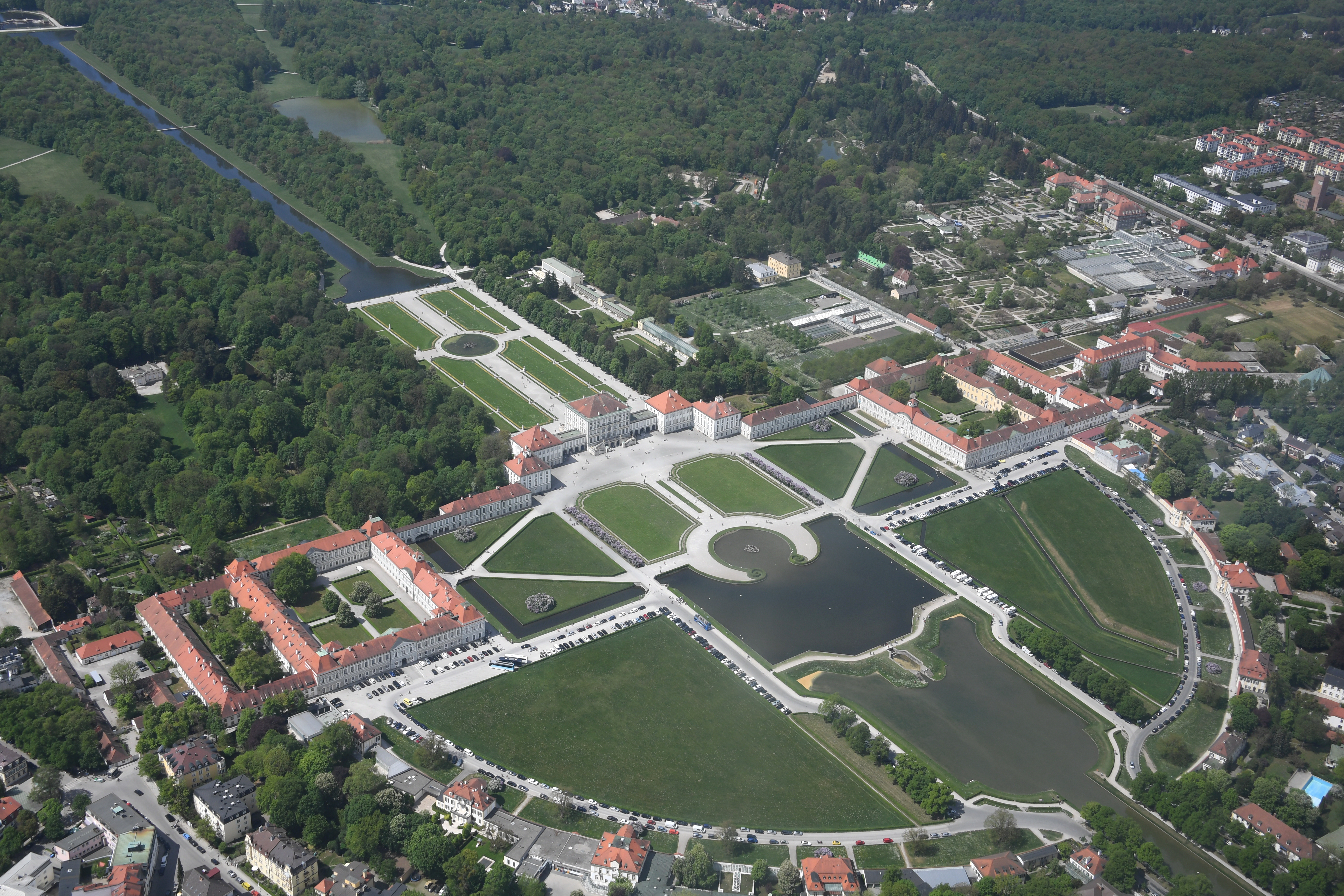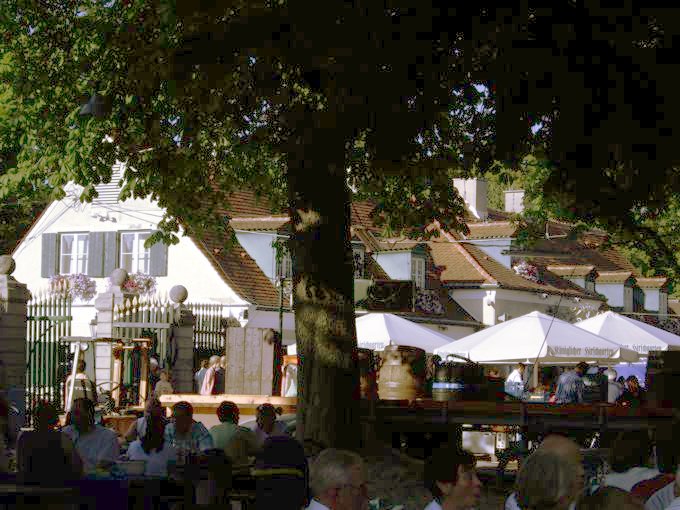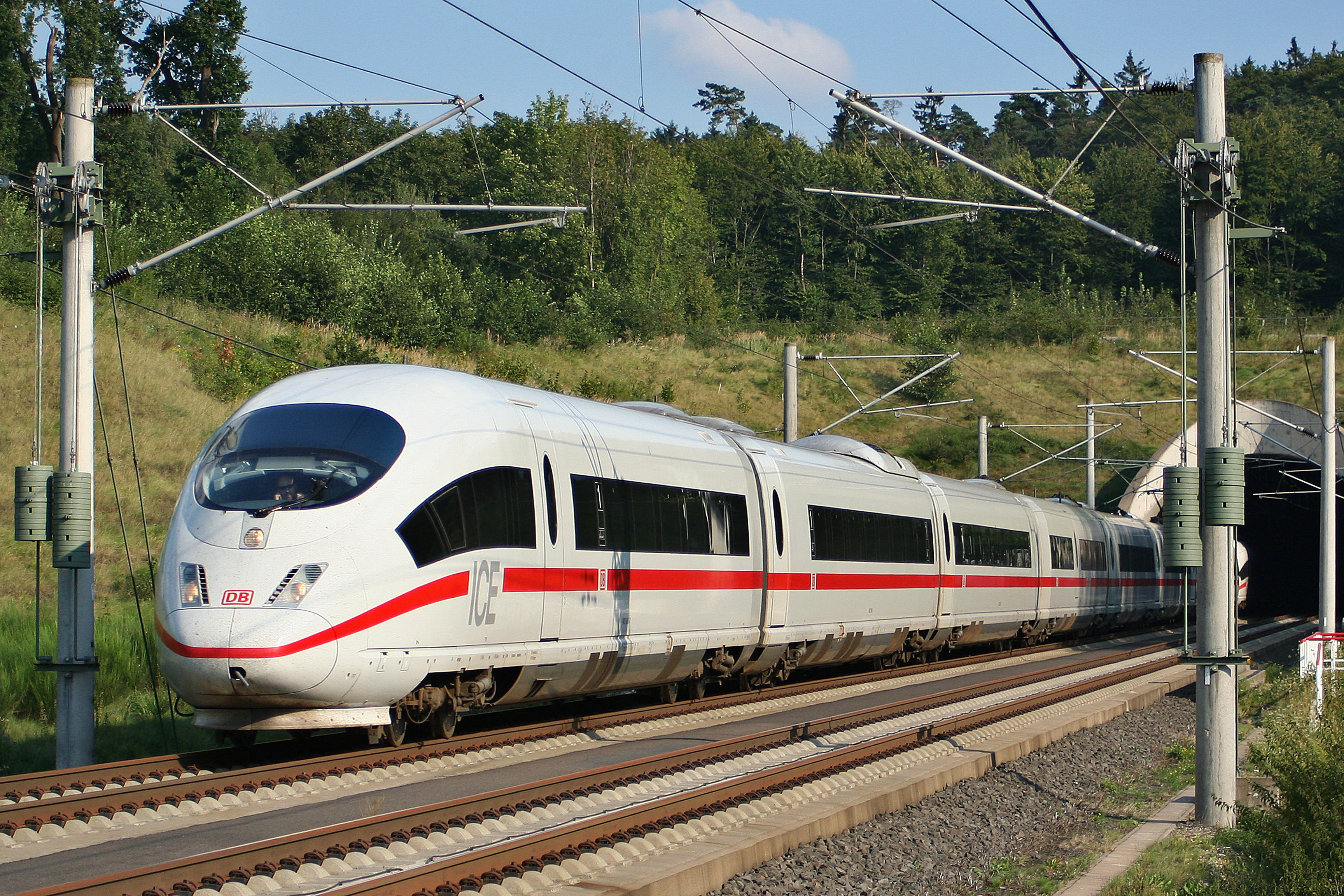|
Neuhausen-Nymphenburg
Neuhausen-Nymphenburg is a borough of Munich, the capital of the German state of Bavaria. It was created from the merger of the former boroughs of Neuhausen (Central Bavarian: ''Neihausn) and Nymphenburg in 1992. Location Nymphenburg borders Obermenzing in the north-west, Pasing in the south-west, Moosach in the north and Neuhausen in the south-east. The borough 09 ranges from the Mars-field at the inner edge of town to the Nymphenburg Palace in the west and extends from the south part of the Olympic Park (including the Tollwood Summer festival area and the East-West Peace Church) over the villa colony in Gern to the railway tracks. History and description Neuhausen is a very quiet and calm residential area. It counts as one of the most exclusive and expensive boroughs in Munich. Typical of the borough is its mix of different urban areas. Around the end of the 19th Century a prestigious residential neighborhood was built in the palace's vicinity, where numerous ex ... [...More Info...] [...Related Items...] OR: [Wikipedia] [Google] [Baidu] |
Munich
Munich is the capital and most populous city of Bavaria, Germany. As of 30 November 2024, its population was 1,604,384, making it the third-largest city in Germany after Berlin and Hamburg. Munich is the largest city in Germany that is not a state of its own. It ranks as the 11th-largest city in the European Union. The metropolitan area has around 3 million inhabitants, and the broader Munich Metropolitan Region is home to about 6.2 million people. It is the List of EU metropolitan regions by GDP#2021 ranking of top four German metropolitan regions, third largest metropolitan region by GDP in the European Union. Munich is located on the river Isar north of the Alps. It is the seat of the Upper Bavaria, Upper Bavarian administrative region. With 4,500 people per km2, Munich is Germany's most densely populated municipality. It is also the second-largest city in the Bavarian language, Bavarian dialect area after Vienna. The first record of Munich dates to 1158. The city ha ... [...More Info...] [...Related Items...] OR: [Wikipedia] [Google] [Baidu] |
Nymphenburg Palace
The Nymphenburg Palace (, Palace of the Nymphs) is a Baroque palace situated in Munich's western district Neuhausen-Nymphenburg, in Bavaria, southern Germany. The Nymphenburg served as the main summer residence for the List of rulers of Bavaria, former rulers of Bavaria of the House of Wittelsbach. Combined with the adjacent Nymphenburg Palace Park it constitutes one of the premier royal palaces of Europe. Its frontal width of (north–south axis) even surpasses Versailles. History Building history The palace was commissioned by the Prince-elector, electoral couple Ferdinand Maria, Elector of Bavaria, Ferdinand Maria and Henriette Adelaide of Savoy to the designs of the Italian architect Agostino Barelli in 1664 after the birth of their son Maximilian II Emanuel, Elector of Bavaria, Maximilian II Emanuel. During its construction Barelli was again replaced (1674) by Enrico Zuccalli. The concept for the mythological decorative programme was supplied by the scholar Emanuele Tesauro ... [...More Info...] [...Related Items...] OR: [Wikipedia] [Google] [Baidu] |
East-West Peace Church
The East-West Peace Church (), also known as the Church of Father Timofej (German: ''Kirche von Väterchen Timofej''), was a chapel in the Olympiapark (Munich), Olympiapark in Munich. Built by the Russians, Russian hermit Timofej Vasilyevich Prokhorov and his wife Natasha without a Planning permission, building permit in the 1950s, the church was destroyed in a fire on 11 June 2023. Location The chapel was located in the Boroughs of Munich, Munich borough of Neuhausen-Nymphenburg, south of the Olympic Lake at Spiridon-Louis-Ring 100. History During World War II, Timofej said he had a Vision (spirituality), vision of Mary, in which he was instructed to move west from Russia to build a church there. For this, he left his family. On his journey, he met his future wife, Natasha, in Vienna in 1944. In 1952, after another vision, he moved to Munich. In a third vision, Timofej received the order to build a church at Oberwiesenfeld and, along with his wife, began to build the church ... [...More Info...] [...Related Items...] OR: [Wikipedia] [Google] [Baidu] |
Badenburg
The Nymphenburg Palace (, Palace of the Nymphs) is a Baroque palace situated in Munich's western district Neuhausen-Nymphenburg, in Bavaria, southern Germany. The Nymphenburg served as the main summer residence for the former rulers of Bavaria of the House of Wittelsbach. Combined with the adjacent Nymphenburg Palace Park it constitutes one of the premier royal palaces of Europe. Its frontal width of (north–south axis) even surpasses Versailles. History Building history The palace was commissioned by the electoral couple Ferdinand Maria and Henriette Adelaide of Savoy to the designs of the Italian architect Agostino Barelli in 1664 after the birth of their son Maximilian II Emanuel. During its construction Barelli was again replaced (1674) by Enrico Zuccalli. The concept for the mythological decorative programme was supplied by the scholar Emanuele Tesauro of Turin; the ceiling paintings were by Antonio Triva and Antonio Zanchi. The central pavilion was completed in 1675. As ... [...More Info...] [...Related Items...] OR: [Wikipedia] [Google] [Baidu] |
Herz-Jesu-Kirche, Munich
Herz-Jesu-Kirche (Sacred Heart Church) is a Catholic Church in the Neuhausen-Nymphenburg borough of Munich, Bavaria, Germany. It is part of the Archdiocese of Munich and Freising. The church was consecrated by archbishop Friedrich Wetter on 26 November 2000. History The first church Herz-Jesu-Kirche in Neuhausen was consecrated in 1890. It was designed by architect Johann Marggraff, who used the wooden structure of a former festival hall in the construction of the church building. The church was dedicated to the Assumption of Mary until 1936, when archbishop Michael von Faulhaber dedicated it to the Sacred Heart of Jesus The Most Sacred Heart of Jesus () is one of the most widely practised and well-known Catholic devotions, wherein the heart of Jesus Christ is viewed as a symbol of "God's boundless and passionate love for mankind". This devotion to Christ is p .... On 12 July 1944, the church was greatly damaged in an Allied bombing raid, and it was subsequently redesigned ... [...More Info...] [...Related Items...] OR: [Wikipedia] [Google] [Baidu] |
Hirschgarten
The Hirschgarten, formally the Königlicher Hirschgarten, is a restaurant in Munich. The restaurant is noted for its beer garden A beer garden (German: ''Biergarten'') is an outdoor area in which beer and food are served, typically at shared tables shaded by trees. Beer gardens originated in Bavaria, of which Munich is the capital city, in the 19th century, and remain co .... It has seating for over 8000 people. The restaurant dates back to 1791. References External links The Hirschgarten's English home page German beer culture Restaurants in Germany Food and drink companies based in Munich {{beer-stub ... [...More Info...] [...Related Items...] OR: [Wikipedia] [Google] [Baidu] |
Olympic Park
An Olympic Park is a sports campus for hosting the Olympic Games. Typically it contains the Olympic Stadium and the International Broadcast Centre. It may also contain the Olympic Village or some of the other sports venues, such as the aquatics complex in the case of the summer games, or the main ice hockey rink for the winter games. The Olympic Park is often part of the "legacy" which provides benefit to the host city after the games have ended. As such it may subsequently include an urban park and a museum or similar commemoration of the games that were hosted there. The 1908 Olympic organising committee specified "As far as possible all the competitions, including swimming, archery, fencing, wrestling, etc., will be held on the same site in which the amphitheatre for the track-athletics and cycling will be erected." Not every games has a centralised complex of this type. The 1992 and 2010 Winter Games had widely dispersed venues; "Whistler Olympic Park" was the venue for the ... [...More Info...] [...Related Items...] OR: [Wikipedia] [Google] [Baidu] |
Bundesautobahn 8
is an autobahn in southern Germany that runs 497 km (309 mi) from the Luxembourg A13 motorway at Schengen via Neunkirchen, Pirmasens, Karlsruhe, Pforzheim, Stuttgart, Ulm, Augsburg and Munich to the Austrian West Autobahn near Salzburg. The A8 is a significant east–west transit route. Its construction began in March 1934 during Nazi rule as a '' Reichsautobahn'', the section between Karlsruhe and Salzburg having been completed by the time road works were discontinued in World War II. Although most parts have been modernized and extended since, significant sections remain in their original configuration from the 1930s - 2+2 lanes, no emergency lanes, steep hills and tight curves. In combination with today's traffic this makes the A8 one of the most crowded and dangerous autobahns in Germany. Especially in winter the slopes of the Black Forest The Black Forest ( ) is a large forested mountain range in the States of Germany, state of Baden-Württemberg in so ... [...More Info...] [...Related Items...] OR: [Wikipedia] [Google] [Baidu] |
Deutsche Bahn
(, ; abbreviated as DB or DB AG ) is the national railway company of Germany, and a state-owned enterprise under the control of the German government. Headquartered in the Bahntower in Berlin, it is a joint-stock company ( AG). DB was founded after the merger between Deutsche Bundesbahn and the East German Deutsche Reichsbahn in 1994 after the unification of Germany and has been operating ever since. is the second-largest transport company in Germany, after the German postal and logistics company / DHL. DB provides both long-distance and regional transport, serving around 132 million long distance passengers and 1.6 billion regional passengers in 2022. In 2022, DB transported 222 million tons of cargo. Company profile The group is divided into several companies, including '' DB Fernverkehr'' (long-distance passenger), '' DB Regio'' (local passenger services) and '' DB Cargo'' (rail freight). The Group subsidiary '' DB InfraGO'' also operates large parts of the German ... [...More Info...] [...Related Items...] OR: [Wikipedia] [Google] [Baidu] |
Museum Of Man And Nature
:''This about the German museum; for the Canadian one, see Manitoba Museum''. The Museum Mensch und Natur (English Museum of Man and Nature) is a natural history museum. It is a tenant of the Nymphenburg Palace in Munich, Germany. Bear exhibit In 2006, the museum received the stuffed and mounted body of " Bear JJ1", nicknamed "Bruno" in the German-language press, which was a brown bear that was shot dead by a hunter as a public safety measure after several unsuccessful efforts to capture him alive. JJ1 had been part of a wildlife restoration program in Italy but walked across Austria into Germany. The bear was put on display next to the last bear previously killed (in 1835) in Bavaria. See also *List of museums in Germany *List of natural history museums This is a list of natural history museums whose exhibits focus on the subject of natural history, including such topics as animals, plants, ecosystems, geology, paleontology, and climatology. Some museums feature natural ... [...More Info...] [...Related Items...] OR: [Wikipedia] [Google] [Baidu] |





